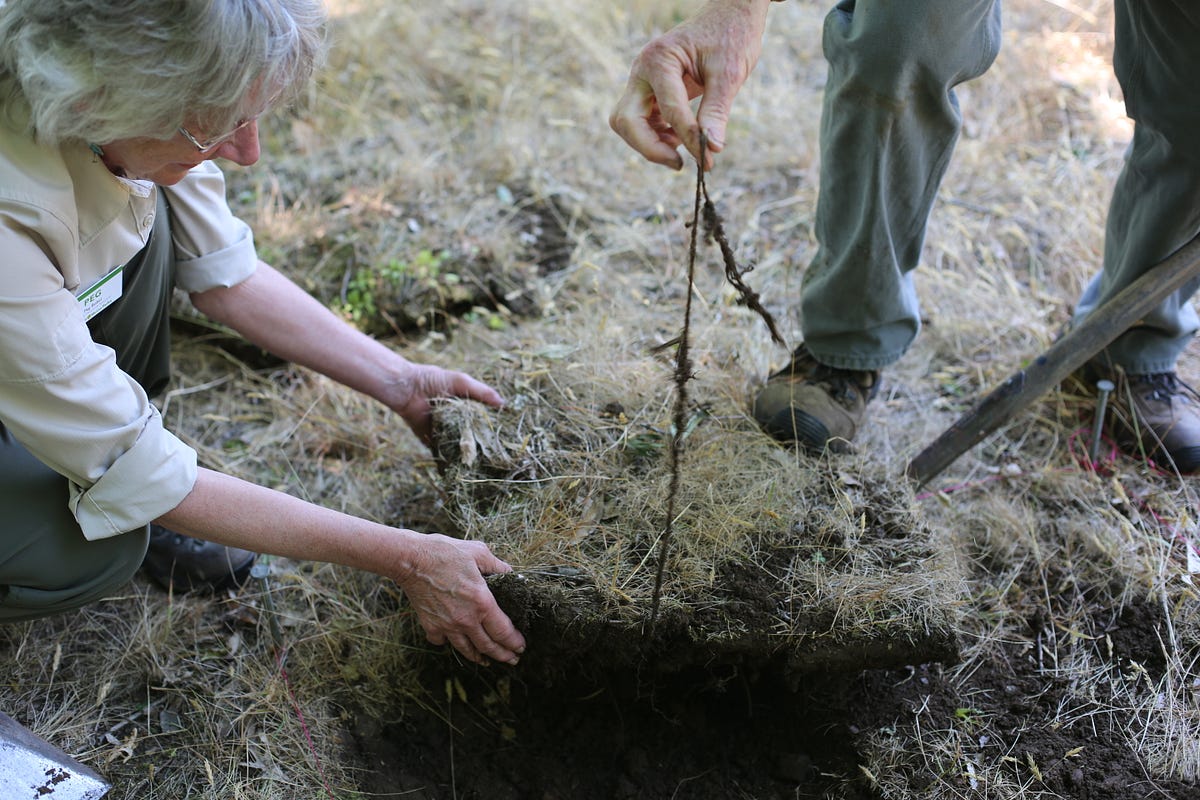
In 2015, Summit Metro Parks acquired a site rich with history and meaning: the former Valley View Golf Club in Akron. Though not open to the public (yet), it is now part of Cascade Valley Metro Park.
Before the park district finalized its master plan for the site, staff looked to the past to unearth clues about its former uses — and investigate rumors that locals had circulated for generations. Throughout the summer of 2017, our cultural resource specialists teamed up with volunteers to complete archaeological digs and more.
We asked Cultural Resource Specialist Megan Shaeffer, Ph.D., about this work:
What types of items were you looking for on the property? What made you think the items could be there?
Ohio is very rich in both prehistoric and historic archaeological materials, but a lot of sites have been disturbed by many, many years of modern development. Clearing land, farming, building homes and businesses, urban sprawl — anything that changes topography can impact the archaeological record.
At Valley View, we knew that years of farming and the development of the golf course greatly changed the landscape over the past 150 years or more. The first thing we did was a lot of background research to see whether there were any likely areas where prehistoric or historic sites could be located — areas that retained some of the natural topography of the landscape; areas that had not been graded or excavated in the creation of the golf course.
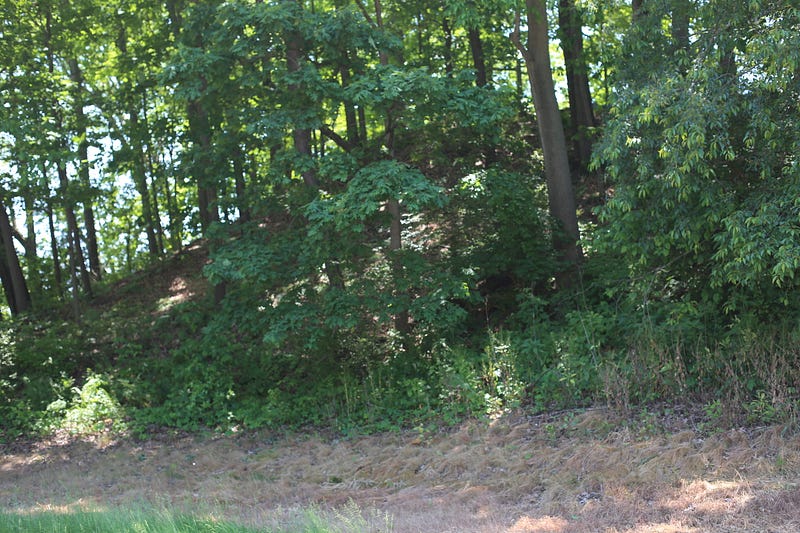
According to local lore, a large hill on the property was an Indian burial mound. However, our research on the soils and geomorphology (physical features) of the area showed that it was most likely a glacial deposit. Still, it was left relatively undisturbed. Its location near the river and its elevation made it a prime spot for a possible prehistoric archaeological site — and we did indeed find evidence of a prehistoric human presence in the form of two cherts (or flint) flakes. It is the byproduct of making a tool such as a scraper or projectile point, like an arrowhead.

In terms of the historic archaeology, we knew that the farm associated with the property went back to at least the late 1800s. We found that the building used for the golf clubhouse was actually the original barn on the property, and that it still retains some of its original architecture! Perhaps even more interestingly, we found evidence that a small community had lived just north of the golf course, on an undedicated road called Honeywell Drive. While some of the foundations of these houses can be seen outside the project area, we found that a couple of houses would have been directly adjacent to the golf course.
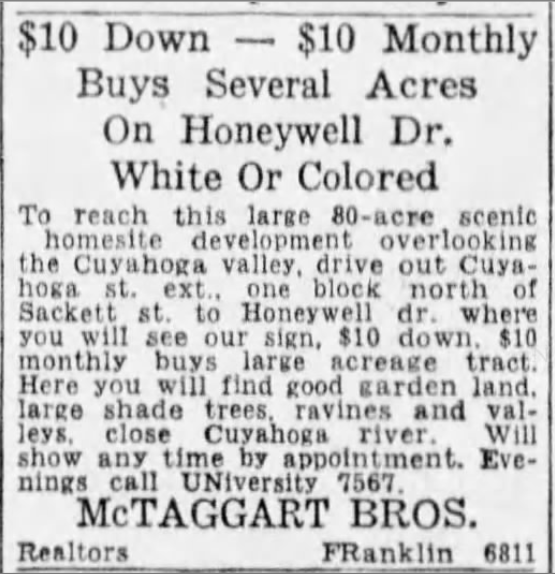
We became very interested in these homes because our literature review of old census records, property maps and newspaper articles, as well as our interviews with former residents, told us that this was a small neighborhood with both African American and white residents. Old newspaper ads from the Akron Beacon Journal from the late 1940s and early 1950s showed lots along Honeywell — an area sometimes called “Wheelock Acres” — were marketed to “whites or colored.” This was somewhat unusual in the era prior to the Fair Housing Act. We also have evidence of individuals moving up from areas of Appalachia and the south to work in Akron’s manufacturing industries. The information we found points to a unique era in Akron history, when our booming rubber industries attracted people to this area.
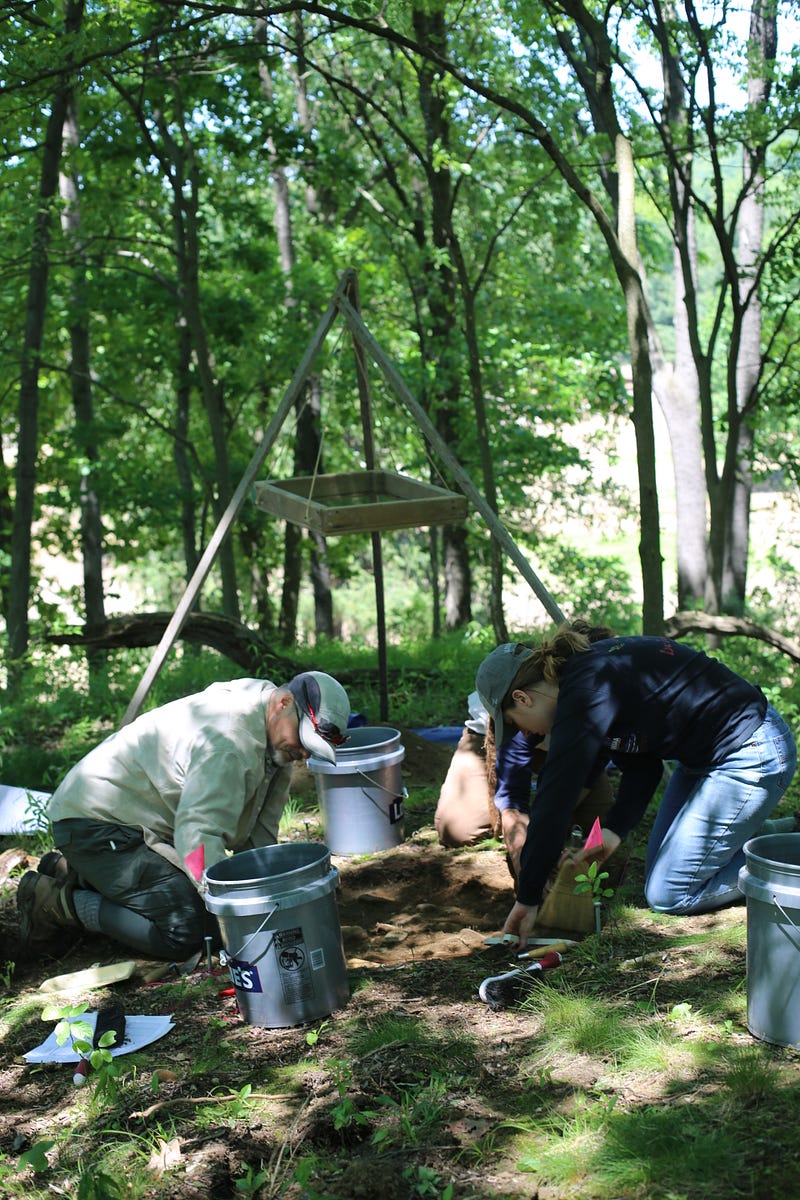
Why did you use volunteers for this project, and in what ways were they helpful?
Archaeological fieldwork is often conducted with a field crew — students, junior professional archaeologists, or trained volunteers. We decided to take advantage of the enthusiasm of our Summit Metro Parks volunteers and open up the opportunity to do archaeological work to these citizen scientists. They were helpful not only as field workers, but also as people familiar with the landscape and Akron history. Some of them golfed on the Valley View course or knew the previous owners; others did their own research on area history. They were able to share stories or resources as we worked, which made the project fun and informative for everyone.
Compared to other archaeology work you’ve done, how does the Valley View property measure up?
It’s very exciting to get the chance to find archaeological evidence for unique and important pieces of Akron history — the development of the farming communities in the 1800s and the creation of a small integrated community in the 1950s, for example. Finding evidence of early integration in the archaeological record is rare, so I think this was an important opportunity for us to explore. It was also worthwhile to do archaeological work to show that the supposed Indian burial mound was actually a natural feature, but still one showing evidence of a prehistoric human presence. This helps us understand the true nature of prehistoric occupation near the river while giving us a more accurate picture of the original landscape of this area.
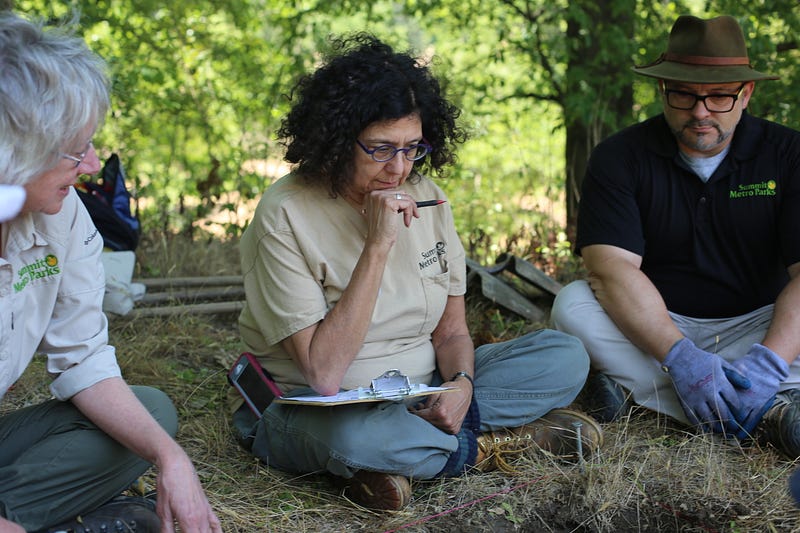
WHAT’S NEXT FOR VALLEY VIEW?
Summit Metro Parks biologists are in the process of re-naturalizing the former golf course. The non-native turf grass is being removed, and a large scale native planting is planned for this fall. If you want to help reforest the site, here are the details:
HELP GROW A PARK!
Friday, October 27 & Saturday, October 28
1212 Cuyahoga St., Akron 44313
We will plant approximately 100 acres with up to 100,000 nuts. Groups will be sent out with a park biologist at the following times; you can stay as little/as long as you wish. Arrival is required 30 minutes early for sign-in and instruction.
- 8:30 a.m.
- 10:30 a.m.
- 12:30 p.m.
If you are interested in helping with this project, please contact [email protected].